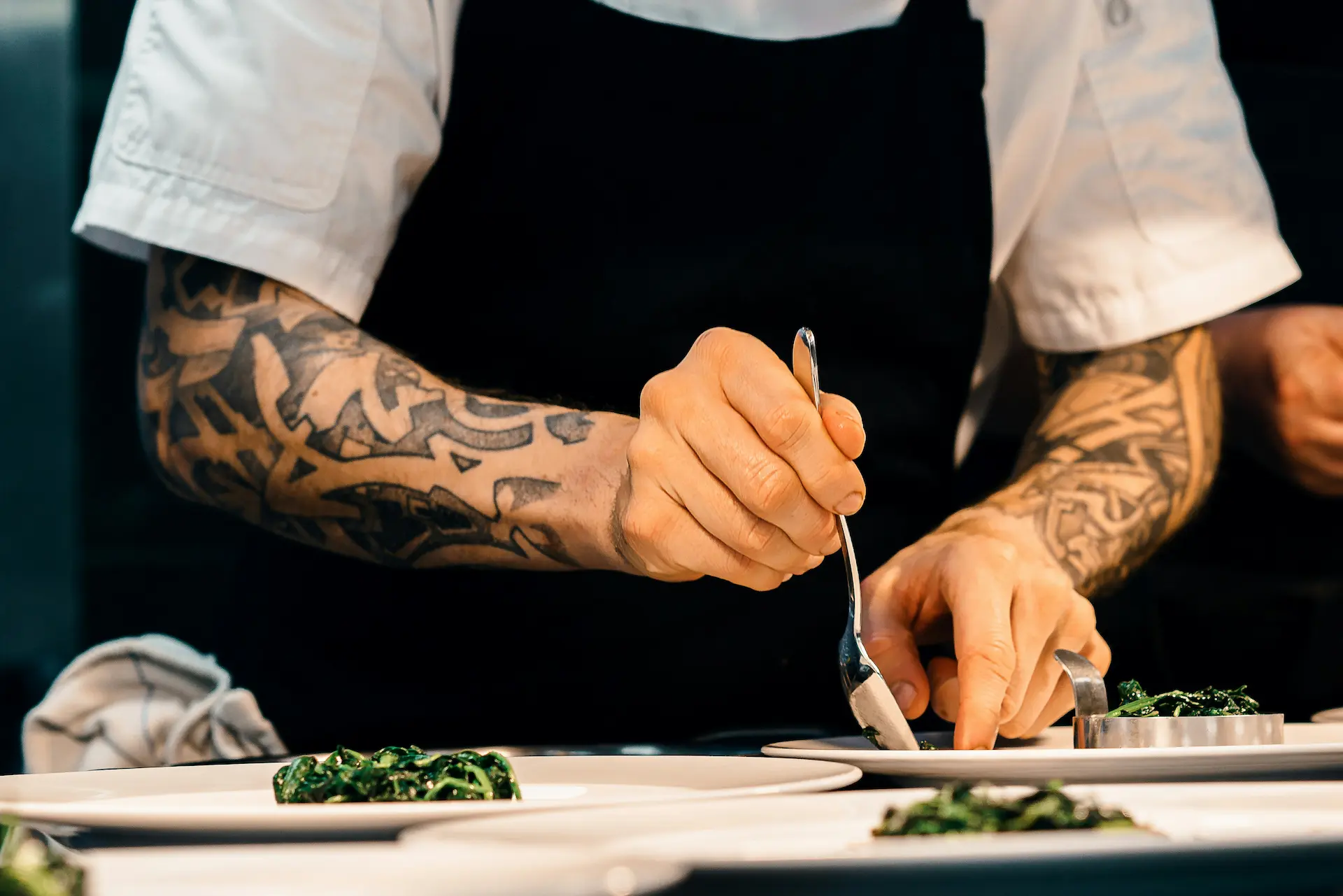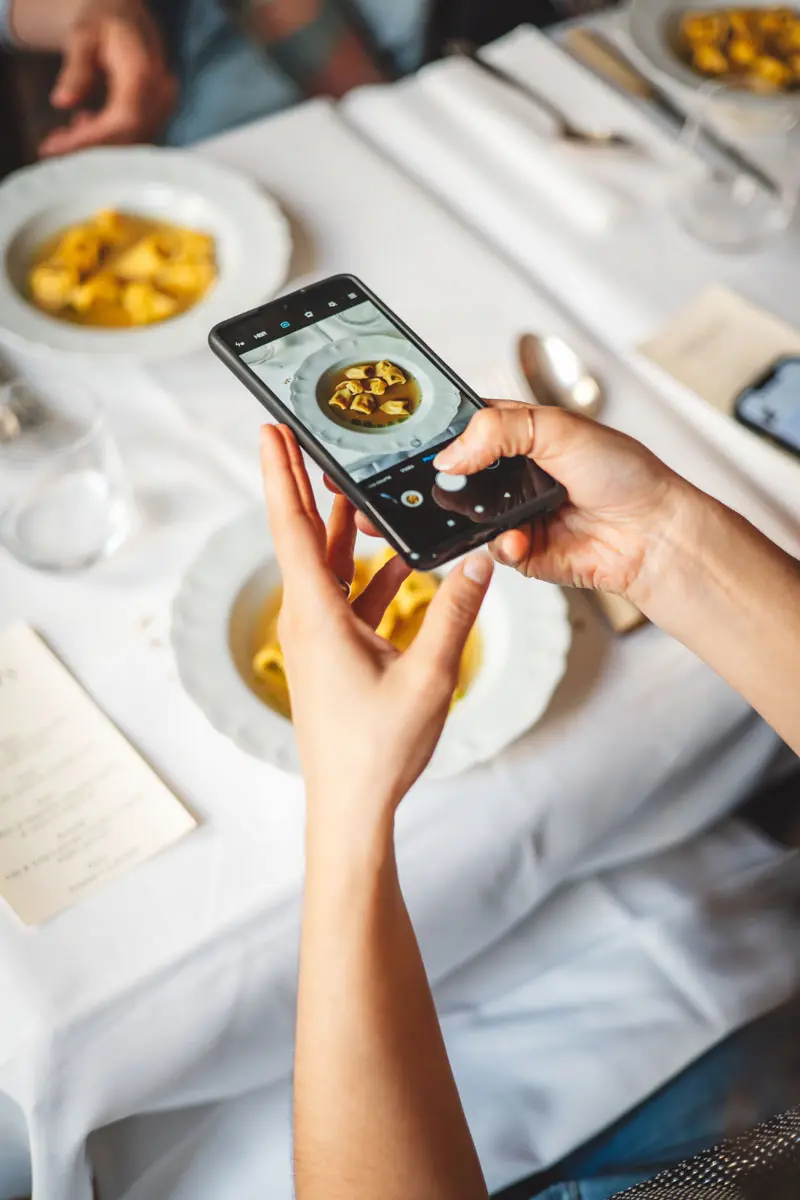
Loyalty cards and programs: which tools for restaurants?
The benefits of loyalty cards: the classic approach
Loyalty cards offer numerous advantages:
- Increased visits: They encourage customers to return regularly to accumulate points or stamps.
- Higher average spend: Customers often spend more to earn rewards.
- Stronger customer relationships: Cards allow you to collect valuable data about your customers, making it easier to personalize their experience.
Digital loyalty cards
Forgotten or lost physical loyalty card? We've all been there, and the frustration of not accumulating points is real (and frustrating).
Digital loyalty cards are a growing trend. Through mobile apps, your customers can easily manage their points and access promotions. For you, this solution simplifies customer data analysis and reduces costs associated with physical cards. Some cards can also be accessed by scanning a QR code.
Which loyalty programs are effective?
For a loyalty program to be effective, it must be simple, attractive, and well-designed. Some examples include:
- Stamp cards: Offer a reward after a certain number of visits, such as a free coffee after purchasing ten.
- Points system: Customers accumulate points for every euro spent, which they can redeem for exclusive rewards.some text
- “The most impressive program comes from Starbucks with 'My Starbucks Reward' in the U.S. Their loyalty card acts like a credit card where each purchase earns points that yield interest, allowing customers to buy things beyond Starbucks products. To me, this takes loyalty cards to a new level: it goes beyond a mere payment method, immersing customers in experiences beyond the taste or the place itself.”
- Dan Cebula
- Attractive rewards: Offer free dishes, significant discounts, or even unique experiences like a private dinner with the chef.
Personalization of offers: the key to success
Personalization is essential to reinforce customer loyalty. By leveraging their culinary preferences, you can send tailored offers, such as promotions on their favorite dishes or discounts during special events (birthdays, holidays, etc.).
Understanding your repeat customers' dining habits is key. For instance, if many employees come for lunch, consider offering a delivery system since "24% of employees report eating lunch while working regularly."
Email and SMS campaigns
Email and SMS campaigns remain powerful tools for building customer loyalty. According to HubSpot, personalized emails have a 29% higher open rate and a 41% higher click rate than generic emails. Here are a few tips for optimizing your campaigns:
- Segmentation: Segment your audience to send messages tailored to each group of customers.
- Personalization: Use the customer’s name and offer recommendations based on their past purchases.
- Timing: Send your messages at strategic times, like late morning, to promote your lunch offers.
Is a well-thought-out menu the best way to retain customers?
Daily specials with attractive prices, lunchtime salads, chef’s burgers... Aligning your menu with your current or desired clientele is also key to your loyalty strategy.
Two cutting-edge loyalty techniques: rethink your restaurant
The restaurant as a venue for entertainment
Today, the restaurant concept goes beyond the mere dining experience. It’s about making every meal entertaining. One popular idea is to incorporate games or challenges into the dining experience. Some restaurants hold competitions where customers create their own dishes or cocktails. The winner, determined by on-site votes or via social media, has their creation added to the menu for a limited time.
Participatory democracy
Involving customers in the decision-making process is also an effective loyalty strategy. For example, restaurants in New York host "battles" where two customers create their own burgers live. The winning recipe is added to the menu, and the winner receives a share of the profits generated by their burger. This participatory dynamic engages customers and turns them into brand ambassadors.
For inspiring examples, check out this article on gamification in restaurants.
Another cutting-edge loyalty technique is offering ultra-personalized experiences for each customer. Using technologies like AI-driven loyalty programs or collecting data on culinary preferences, restaurants can tailor their service for every guest. For example, some establishments send personalized recommendations even before the customer arrives, based on their order history. Others go further by creating bespoke menus for special events, thus strengthening the sense of exclusivity and connection. This level of personalization transforms the customer experience into a unique relationship, significantly boosting loyalty.
Transform casual customers into loyal regulars with Zenchef
Zenchef offers several powerful and simple tools to help you retain your customers:
Targeted campaigns for your loyalty offers:
Send personalized offers and invitations to specific events.
More effective than emails, SMS is the most direct and responsive channel to build real-time connections. Add a touch of segmentation, and automated loyalty programs can effectively pamper your best customers with minimal effort. The cumulative impact of these small gestures can inspire customers to permanently join your loyal base.
CRM tag management:
Tags allow you to segment your clientele and personalize their experiences in great detail.
Click here to learn more.
Data analysis:
Use customer data to fine-tune your marketing strategies and improve the customer experience. (Source: Zenchef)
Many restaurants have successfully transformed their customers into regulars with Zenchef. For example, a Parisian restaurant recorded a 20% increase in regular customers by launching targeted SMS campaigns based on segments identified through Zenchef’s tagging system. These campaigns promoted special events and personalized offers, strengthening customer retention.
Discover how Zenchef can help you retain your customers and increase your revenue. Get your free demo here.
A successful loyalty example
A concrete example is "Le Mystique" in France, which saw a 22% increase in visit frequency and a 15% rise in average spending over six months thanks to Zenchef, by implementing points convertible into discounts and gifts, along with personalized SMS and email campaigns (source: Zenchef).
6 mistakes to avoid in customer loyalty
Offering too many discounts
Avoid devaluing your brand by offering permanent discounts. Prioritize experiences or high-perceived value products over discounts to maintain the quality image of your restaurant (source: Les Échos).
Offering unappreciated gifts
Some gifts, like a free coffee, may seem insignificant. Instead, choose rewards that reflect the quality of your cuisine, like a complimentary dessert.
Ignoring customer feedback & dissatisfaction
Never underestimate the importance of customer feedback. Respond to reviews, whether positive or negative, and use criticism to improve your service. Proactive review management can turn a negative experience into a loyalty opportunity.
Pay close attention to signs of dissatisfaction and address them promptly. Encourage your staff to engage with customers and offer satisfaction surveys to identify and resolve issues.
By applying these strategies, you can transform casual customers into loyal regulars, contributing to the stability and success of your restaurant.
Neglecting physical loyalty cards
Even in the digital age, underestimating the impact of physical loyalty cards in a loyalty strategy would be unwise. In addition to serving as a tangible reminder for your customers to return, they play a subtle yet powerful role in promoting your restaurant.
Physical cards provide an opportunity to reinforce brand recognition. They become a form of free advertising that circulates among your customers.
The simplicity of physical loyalty cards is an asset for customers less inclined to use digital apps. This type of support is immediate and doesn’t require technical steps or access to a device, which can be an advantage for traditional or less tech-savvy clientele. Moreover, the act of stamping or validating a card at each visit creates a direct link with the customer, a moment of interaction that can strengthen attachment to your establishment.
Forgetting newsletters & storytelling
A restaurateur should think of their establishment as a lively place, transforming each mealtime into a moment of pleasure, or even leisure. For each culinary, cultural, or religious celebration, offer a yearly calendar of events to give customers a reason to return. The newsletter then becomes an essential tool for communication, just like posting an agenda on your website or creating social media posts.
Overlooking IRL loyalty
#1 Consider every customer a potential regular
Before implementing any loyalty tool, think about the fundamentals. Regular customers are, first and foremost, those who were satisfied the first time and thus encouraged to return a second, third, and fourth time… The quality of the welcome, service, food, value for money, cleanliness, etc., are all factors that help determine whether customers will remember or forget your establishment.
Always beware of appearances: each of your customers is potentially your next most loyal customer and your best ambassador!
Finally, make sure your menu and your establishment clearly show your presence on social media and the existence of your newsletter to encourage customers to follow your news and create a connection with them.
#2 Train your team to recognize your customers
The best loyalty argument is always relational. Try to recognize your customers: remember the drink they order or their allergy to a specific ingredient. A customer will remember that you recognized them. Draw your team's attention to these small details that make all the difference and insist that they remain observant and as attentive as possible.
Moreover, don’t hesitate to test yourself: no customer will mind being mistaken for a regular they’re not (yet), but if they are a returning customer, you’ll significantly boost your popularity.
#3 Care about customer criticism and resolve problems quickly
A small issue, a wrong order or bill, an unsatisfactory experience – anything can happen in a restaurant. As with negative online reviews, nothing is ever catastrophic as long as you remain available, attentive, and courteous, and seek to resolve any problem. On the contrary, even if not immediately apparent, a customer will always appreciate seeing their criticism addressed or their issue handled effectively.
Better yet, make sure no customer leaves your restaurant unsatisfied, or if they do, that their frustration has been resolved.
A customer didn’t like their dish? Offer it to them!
The importance of customer loyalty in restaurants
Loyalty: a key to stand out from the competition
In a competitive sector like the restaurant industry, where consumption habits change rapidly, customer loyalty is crucial. It has a direct impact on your revenue and reputation. A study by Edesk reveals that 57% of customers consider a loyalty program an important factor.
A solid and well-designed loyalty program offers a competitive advantage. Loyal customers often ignore competitors and choose to return to their favorite establishments, even when new restaurants open nearby. This strengthens your brand's visibility and stability.
A loyal customer is worth more than a new customer
Loyalty is far less expensive than acquiring new customers. It’s five times more costly to attract a new customer than to retain an existing one. Additionally, loyal customers spend, on average, 67% more than new customers (source).
Return on investment and boosted profitability
Loyalty programs boost return on investment (ROI).
For example, Starbucks saw its revenue increase by 11% after enhancing its “My Starbucks Rewards” loyalty program with features tied to a credit card (source: Forbes).
A local example could be "Le Bistrot Gourmet" in Lyon, which implemented a digital loyalty program. Thanks to a dedicated loyalty app, customers can accumulate points with each visit, redeemable for discounts or free meals. Since implementing this program, the restaurant "Saint Clair" in Barbaluc-les-Bains in Hérault has seen a notable increase in regular attendance and improved customer satisfaction, significantly boosting their ROI.
Online reviews: boost your e-reputation
A good loyalty strategy also indirectly boosts your e-reputation. Since online review platforms play a crucial role in consumer decisions, this also strengthens your potential customer base.
- Gain Visibility: Use monitoring tools to keep track of what’s being said about your establishment.
- Encourage Customers to Leave Reviews: After prompting, the likelihood of a customer leaving a review jumps from 1% to 21%.
- Respond to Reviews: Respond individually, especially to negative reviews, to incorporate their suggestions and invite customers to return.
Learn more about the impact of customer reviews in this study by Partoo.
Visit Zenchef's blog for additional tips and case studies.
For a free demonstration click here












.webp)


.webp)

.webp)






























